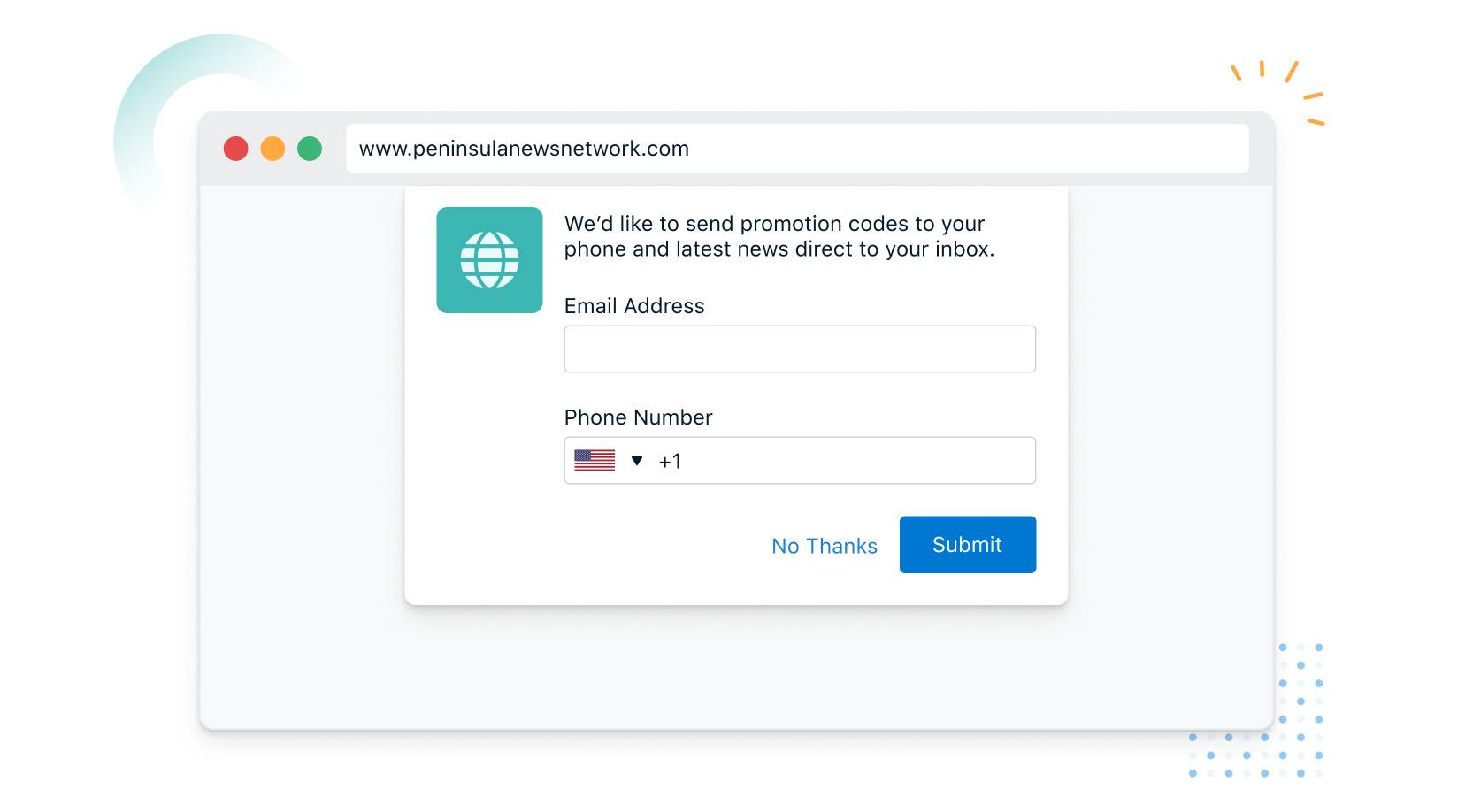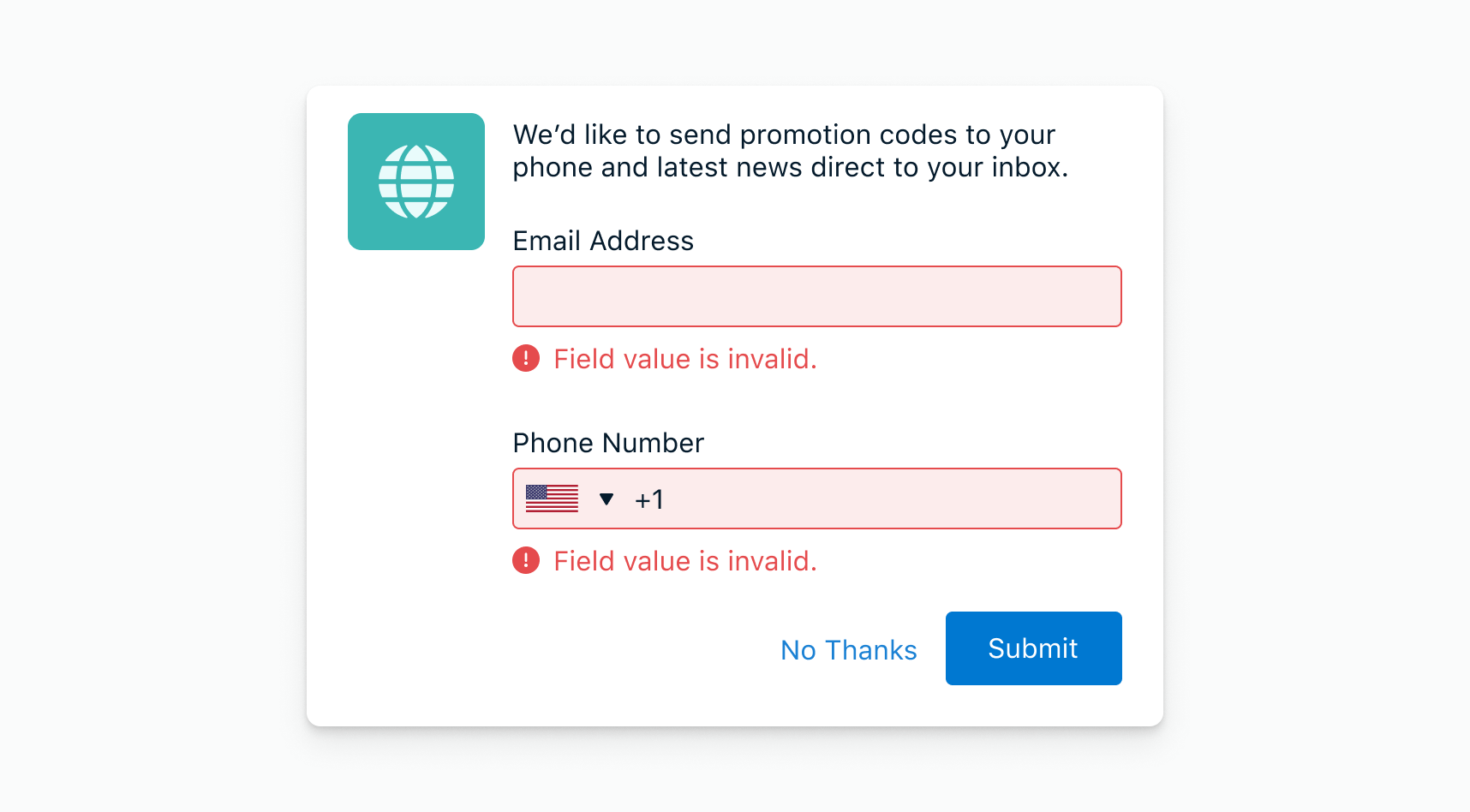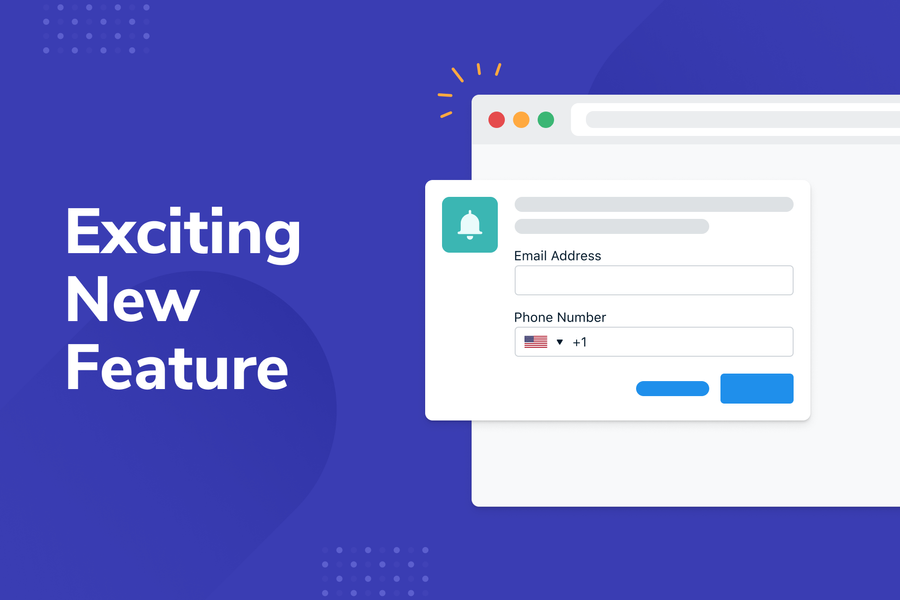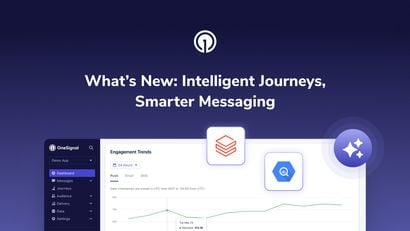We've launched a customizable web prompt to help you build out your engaged audience, with no additional code required. These sleek web prompts provide a simple way for your visitors to opt in to receive emails and SMS, giving you more ways to communicate with your subscribers, hone your messaging strategy, and build cross-channel customer journeys.

Your website attracts plenty of visitors that want to hear from you. Web prompts are one of the most effective ways to easily grow your audience, identify your best customers, and build lasting relationships. Prompts provide a better user experience than distracting pop-ups or overlays that take over the screen. Now, you can easily capture your users’ information without relying on third-party integrations or manually importing audience lists across siloed systems.
You can set up the prompt to ask for a user’s phone number, email, or both. Customize the wording, labels, and even the confirmation message, and we’ll make sure the data is synced correctly on the backend. If you set up an external user ID, our system will automatically synchronize emails, phone numbers, and devices to a single user record for both new and existing users. The prompt will only accept valid emails and phone numbers (taking into account country code and format), so you can have peace of mind that you’re collecting legitimate contact information.

As you implement this new web prompt feature, keep these best practices in mind:
- Provide context as to why you’re asking for your visitors’ information. Specify the type of information you’d like to send, such as order updates, breaking news alerts, sales announcements, or other helpful content. Demonstrate value to give your customers a reason to sign up.
- Wait until your visitors have a chance to become more acquainted with your site. Rather than asking for their information immediately, let your audience make an informed decision to opt in. Similar to our existing slide prompts, you can customize prompt delays based on the user’s time on site or number of pages viewed. The appropriate page view or time delay will depend on the typical user journey on your website.
- Follow up with visitors who initially dismiss your prompt. You have the flexibility to trigger multiple prompts at different intervals in the user journey. Once users have had the opportunity to interact with your site, they may be more receptive to giving you their contact information. Give them another opportunity to opt in, especially if they’ve shown high engagement with your site.
- Implementing multiple prompts? Prioritize which prompt you want to show first based on your business objectives. There are benefits to both. Companies that produce time-sensitive content, such as media companies, may want to prioritize push permissions first if they want notifications to start reaching customers immediately. Companies with longer customer lifecycles, such as big-ticket retailers or B2B companies, may want to prioritize email and SMS capture first to build out an extended campaign and path to purchase.
Email and SMS web prompts are available on all OneSignal plans. If you’ve already set up the OneSignal web SDK, the prompt can be configured via the dashboard for typical site setups and via initialization options for custom code setups. For more detailed instructions, check out our documentation page.
Read: How to Implement a Web Prompt



